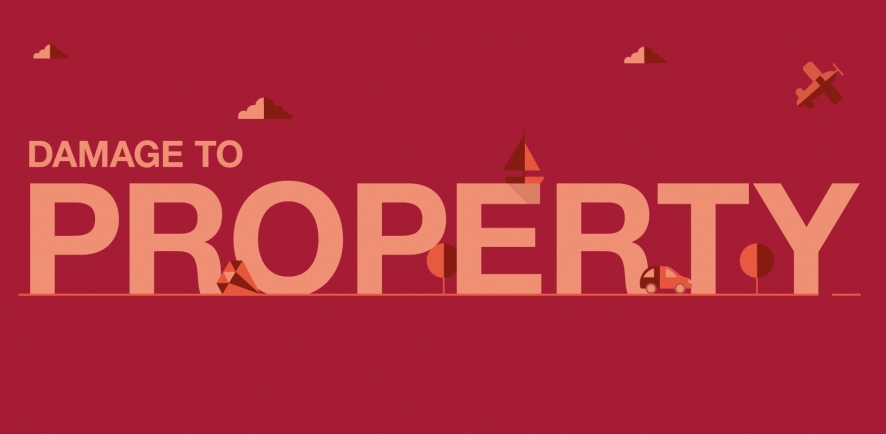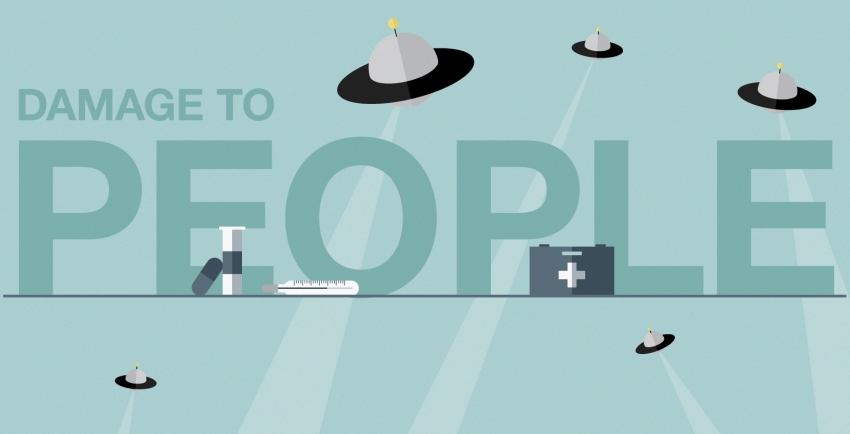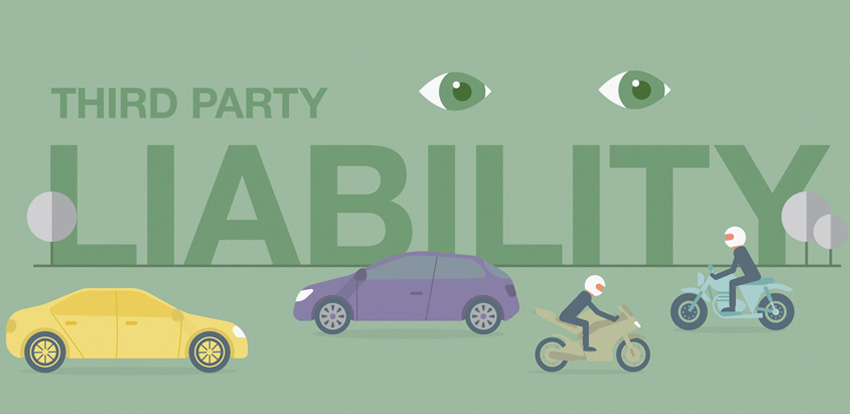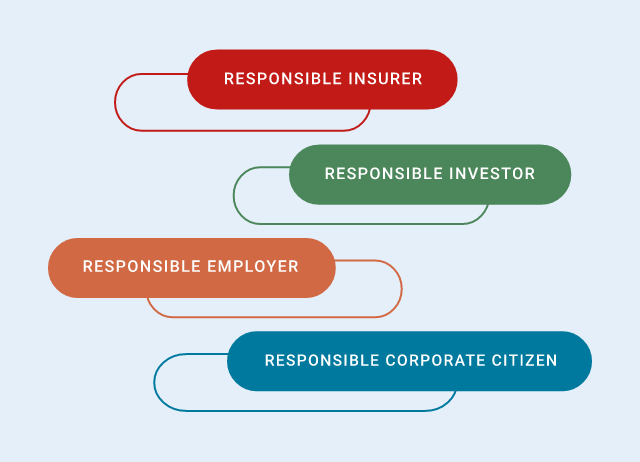Property and Casualty insurance: comprehensive protection for future uncertainty
Property and Casualty (P&C) insurance is a broad category of coverage that protects individuals, families, and businesses from financial losses related to physical assets and legal liabilities.
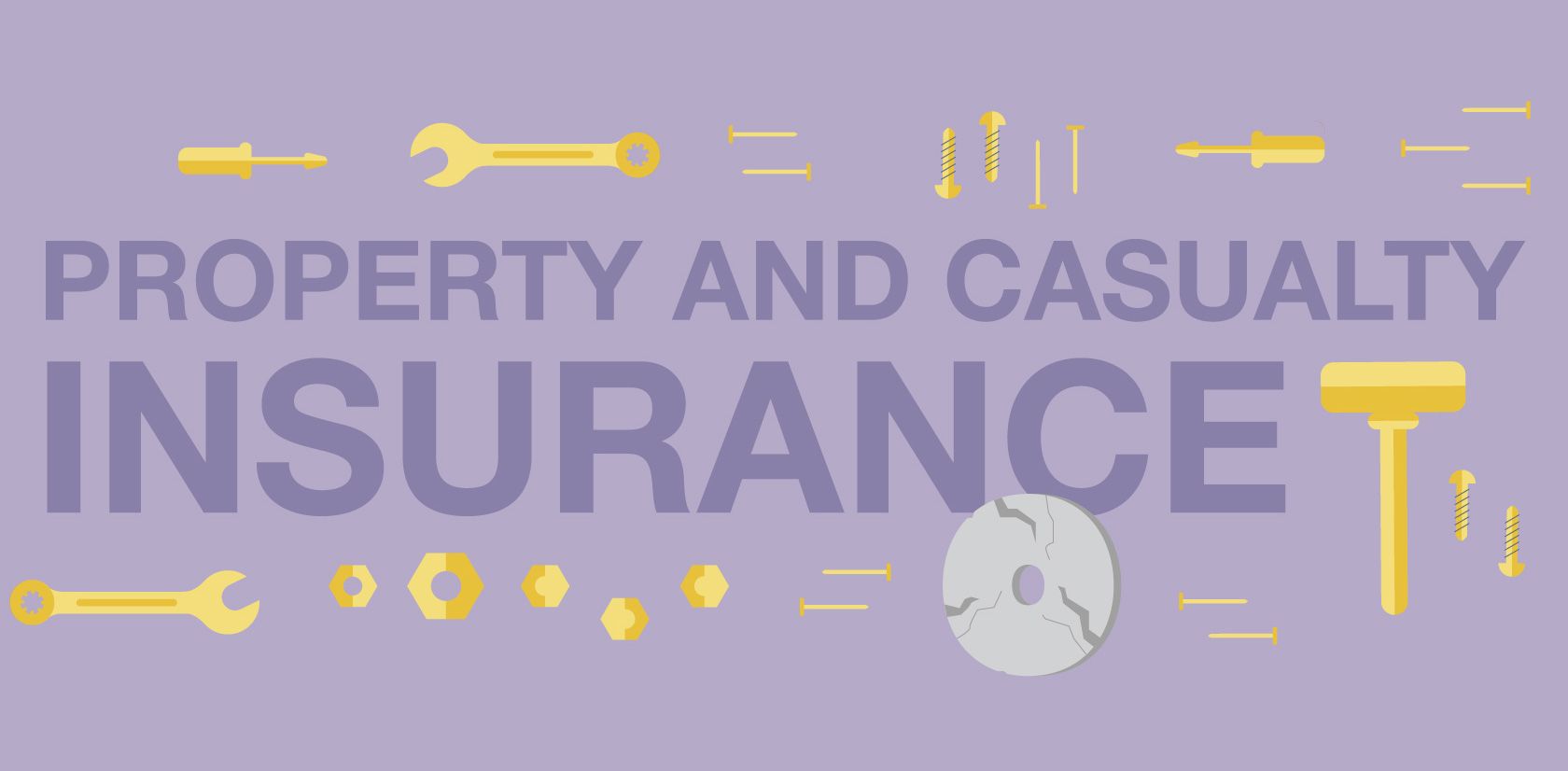
It includes policies that cover damage to property - such as homes, vehicles, and commercial buildings - as well as liability protection in case of accidents, injuries, or damage caused to others.
This type of insurance is essential for managing everyday risks, ensuring financial stability, and complying with legal requirements in many countries. Whether you're a homeowner, a business owner, or simply looking to safeguard your personal assets, understanding the components of P&C insurance can help you make informed decisions about your coverage.
Types of P&C insurance solutions
Policies covering damage to property are tailored to the type of asset and the nature of the risk.
Discover more
Damage to people
Policies covering personal injury are designed to provide the insured party with sufficient financial resources to deal with accidents and sickness.
Discover more
Third-party liability insurance protects from financial claims resulting from unintentional harm to others.
Discover more
Before taking out a Property & Casualty insurance policy
When considering a Property and Casualty (P&C) insurance policy, it’s important to understand the key factors that influence coverage, responsibilities, and rights.
Understand what’s covered
P&C insurance includes a wide range of protections, from damage to your property to liability for harm caused to others. Before signing a policy, review:
- The types of risks covered (e.g., fire, theft, natural disasters, liability).
- Any exclusions or limitations.
- Optional add-ons or riders that may enhance your protection.
Evaluate your needs
Assess your personal or business situation to determine the level of coverage required. Consider:
- The value of your assets (home, car, business equipment).
- Your exposure to liability risks.
- Legal requirements in your country or region.
Read the fine print
Carefully read the terms and conditions of the policy. Pay attention to:
- Definitions of key terms.
- Conditions for claim eligibility.
- Procedures for reporting and settling claims.
Ask questions
If anything is unclear, don’t hesitate to ask your insurance provider. Clarify:
- What happens in case of partial damage?
- How are disputes resolved?
- Are there penalties for early cancellation?
Keep documentation safe
Once you’ve chosen a policy, store all related documents securely. This includes:
- The signed contract.
- Payment receipts.
- Contact information for your insurer.

